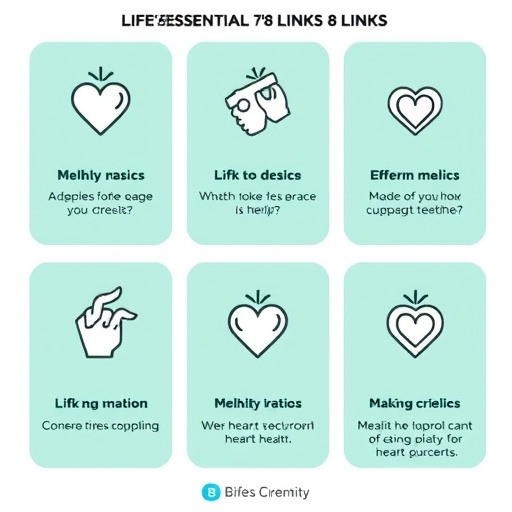Tau is a key brain protein involved in Alzheimer's disease and other brain diseases. Aggregates of Tau known as "neurofibrillary tangles" have been associated with nerve cell death and cognitive decline.
An important new Tel Aviv University study published in Molecular Psychiatry pinpoints the mechanism harnessed by the drug candidate NAP to block the formation of these harmful neurofibrillary tangles. It facilitates the interaction of Tau with microtubules, the minitubes that serve as "train tracks" for essential movement of biological material in nerve cells.
"Abnormal Tau proteins form tangles that contribute to the progression of Alzheimer's disease," said Prof. Illana Gozes, who led the research for the study. "We showed here, for the first time, that the drug candidate NAP augmented microtubule movement in nerve cells. At the molecular level, NAP, a fragment of activity-dependent neuroprotective protein (ADNP), enhanced Tau-microtubule interactions that block the recruitment of Tau to the tangles observed in Alzheimer's disease and related disorders."
Prof. Gozes is the incumbent of the Lily and Avraham Gildor Chair for the Investigation of Growth Factors, Head of the Elton Laboratory for Molecular Neuroendocrinology at TAU's Sackler Faculty of Medicine and a member of TAU's Adams Super Center for Brain Studies and the Sagol School of Neuroscience.
Stabilizing a neurobiological process
Prof. Gozes is responsible for discovering ADNP, a gene that is dysregulated in Alzheimer's. Mutations in ADNP that occur in pregnancy are a major cause of autism with intellectual disability.
"ADNP and NAP operate through the stabilization of microtubules — tubes within the cell that maintain cellular shape," Prof. Gozes said. "They transport biological material. These microtubules break down in in Alzheimer's disease and may be dysfunctional in autism. NAP works to protect the microtubules, thereby protecting the cell."
"We now discovered that ADNP dramatically enhances Tau binding to the microtubules, protecting them against destruction and against Tau pathology. We further discovered that this action of ADNP is through its NAP fragment, which is now intended for further clinical development."
"Knowing the precise mechanism of its action, it will be much easier to bring NAP to the clinic and to patients," said Prof. Gozes. "Furthermore, the precise mechanism defines a new drug target for autism spectrum disorders, Alzheimer's disease and many other neurodegenerative and neuropsychiatric diseases."
###
The research for the study was conducted by TAU graduate students Yanina Ivashko-Pachima and Dr. Anna Malishkevich, together with Dr. Laura C. Sayas of Centro de Investigaciones Biomédicas de Canarias. NAP (now called CP201), a Tel Aviv University technology under a term sheet agreement with Coronis Neurosciences, is now planned for future clinical trials in patients with autism, specifically those with ADNP-related syndrome.
Tel Aviv University (TAU) is inherently linked to the cultural, scientific and entrepreneurial mecca it represents. It is one of the world's most dynamic research centers and Israel's most distinguished learning environment. Its unique-in-Israel multidisciplinary environment is highly coveted by young researchers and scholars returning to Israel from post-docs and junior faculty positions in the US.
American Friends of Tel Aviv University (AFTAU) enthusiastically and industriously pursues the advancement of TAU in the US, raising money, awareness and influence through international alliances that are vital to the future of this already impressive institution.
Media Contact
George Hunka
[email protected]
212-742-9070
@AFTAUnews
############
Story Source: Materials provided by Scienmag




